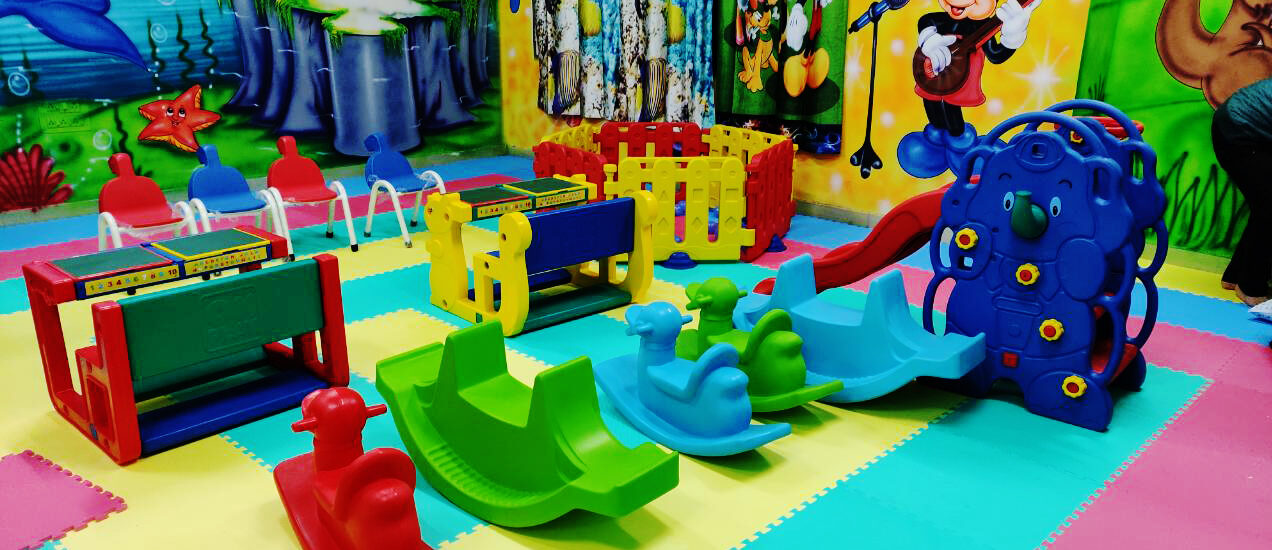Indoor play centers offer a valuable solution for parents looking to keep their children active and engaged, especially during extreme weather or school breaks. These spaces are designed to promote movement, social interaction, and fun. However, with all the excitement, safety must remain the top priority.
Not all play centers maintain the same standards, and it’s essential for parents to evaluate a few key areas before making a visit. One excellent example of a well-managed facility is Bounce Family Entertainment Center. With its focus on cleanliness, staff training, and age-appropriate play zones, it serves as a model of what parents should expect when seeking a reliable and safe environment for their children. Here are six essential features to consider when evaluating the safety of an indoor play center:
1. Cleanliness and Hygiene
A clean environment is one of the most visible indicators of a well-run play center. High-touch surfaces, restrooms, and play equipment should be sanitized regularly. Facilities should provide hand sanitizer stations and ensure that bathrooms are cleaned throughout the day. A visibly clean space helps reduce the spread of germs and shows that the center prioritizes health and safety for all visitors. Cleanliness is also important in helping kids feel more comfortable and focused during play.
2. Supervision and Trained Staff
Even the safest equipment requires active supervision to prevent accidents. A quality indoor play center will have trained staff stationed throughout the facility to monitor behavior, guide children, and respond to emergencies. These employees should be certified in CPR and first aid and understand how to engage with children in a friendly yet attentive way. Their presence provides reassurance for parents and adds structure to the play experience. Attentive supervision also encourages children to follow the rules and play cooperatively.
3. Well-Maintained and Safe Equipment
Play structures and other equipment should be in excellent working condition. There should be no torn padding, broken pieces, or exposed parts that could cause harm. Ask staff how often they inspect and maintain equipment, and whether repairs are documented. Equipment that is regularly checked and updated contributes significantly to the safety of the facility.
4. Clear Rules and Age-Specific Zones
Effective indoor play centers post clear rules in visible areas and enforce them consistently. These rules might include limits on the number of children in a certain area, guidance on appropriate footwear, or reminders to avoid roughhousing. The facility should also separate play areas by age group, which helps keep toddlers safe from collisions with older children and ensures each age group has appropriate challenges and activities. Dividing spaces by age also helps children feel more confident and supported during their play.
5. Controlled Access and Secure Exits
Parents should feel confident that their children are safe from wandering off or unauthorized pickup. A secure check-in and check-out system, often with wristbands or ID tags, is a critical feature. Staff should be stationed at exits to monitor who comes and goes. These security measures help maintain a safe environment from the moment a child enters until they leave with their guardian.
6. Emergency Preparedness
Even the best facilities need to be ready for emergencies. Staff should be trained to handle situations such as minor injuries, fire alarms, or medical issues calmly and efficiently. First-aid kits should be easy to locate, emergency exits clearly marked, and procedures communicated to both staff and parents. Asking a few questions about emergency planning can reveal how seriously a facility takes safety. Regular drills and documented safety policies are additional indicators of a center’s preparedness.
Choosing the right indoor play center, such as Bounce Family Entertainment Center, involves more than checking out fun features or colorful equipment. Parents should take time to evaluate how well a facility manages hygiene, supervision, equipment maintenance, and emergency response. These factors work together to create a space where children can explore, play, and grow while staying safe and supported.






